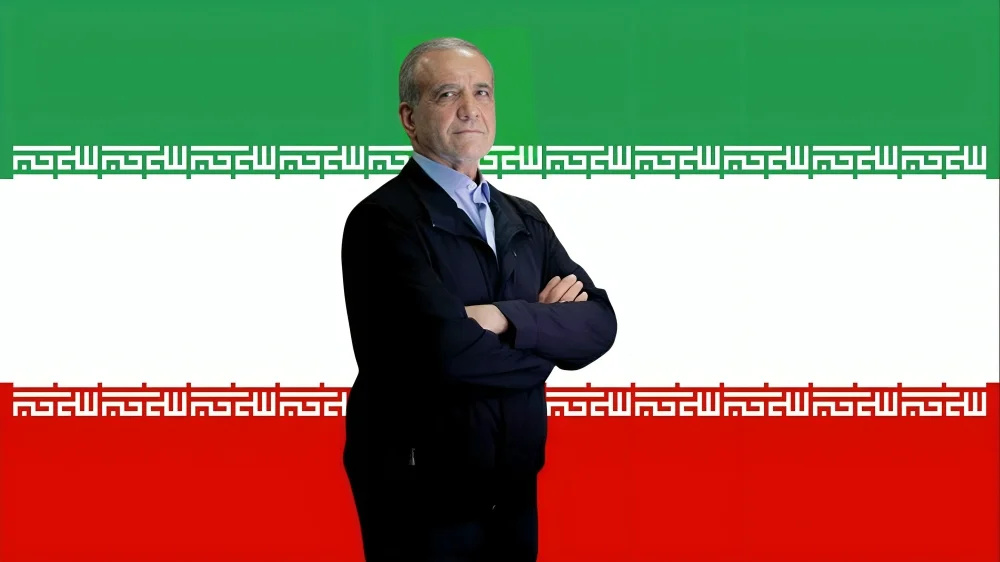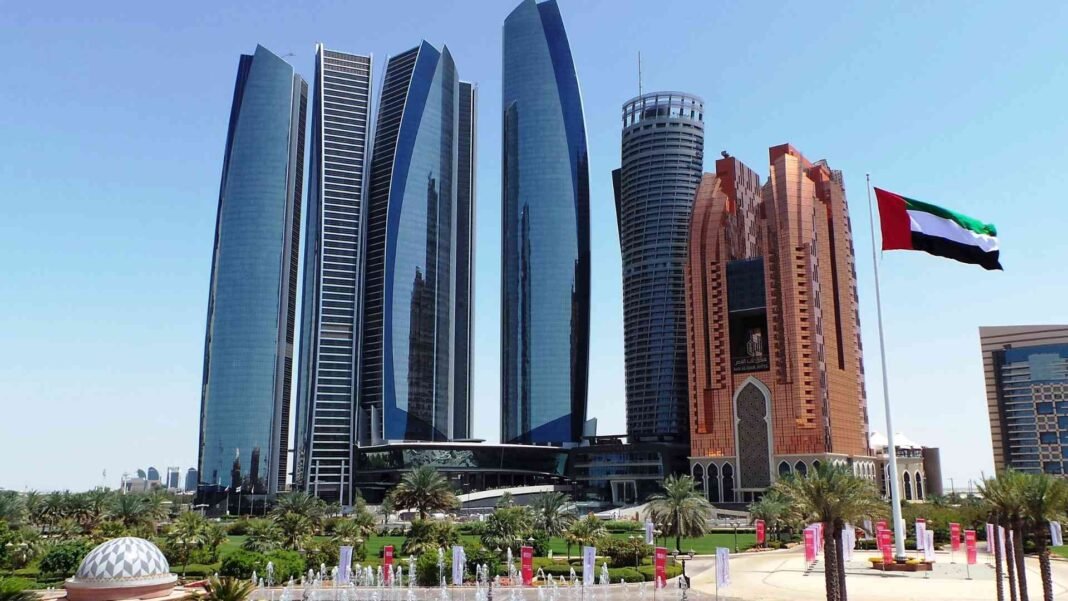In a historic move, Iran’s President Masoud Pezeshkian embarked on his first foreign trip, choosing neighboring Iraq as the destination. This visit holds significant political and strategic weight as Iraq remains a key ally to both Tehran and Washington, despite the complex web of alliances and rivalries in the region. For Iran’s president, Masoud Pezeshkian, this trip is more than a diplomatic courtesy—it’s a mission to solidify ties with a nation that stands at the crossroads of U.S. and Iranian influence.
Why Iraq, you ask? Well, it’s no secret that Iraq is a strategic gem for Iran. From economic ties to political influence, Iraq provides Tehran with much-needed leverage in a region often swayed by U.S. policies. With several Iran-aligned parties and armed groups operating in Iraq, Tehran’s influence in the oil-rich country has been steadily rising.
A Warm Welcome of Iran’s President in Baghdad
Pezeshkian landed in Baghdad to a warm welcome from Iraqi Prime Minister Mohammed Shia’ al-Sudani. The two leaders are set to discuss a range of issues, from security to economic cooperation. Pezeshkian’s agenda includes signing several agreements that aim to strengthen the already close ties between the two nations.
The U.S. Connection
Iraq is a unique ally for both Tehran and Washington. The country hosts 2,500 U.S. troops, a remnant of the coalition forces that have been in Iraq since the early 2000s. Interestingly, Iraq also has Iran-backed militias integrated into its security forces. This dual allegiance makes Iraq a fascinating case study in international relations.
Tehran’s Growing Influence
Iraq is home to several Iran-aligned parties and armed groups, showcasing Tehran’s growing influence in the region. This influence is not just political but also extends to the military sphere. The presence of these groups indicates that Iran’s reach in Iraq is both deep and wide.
Agreements and Alliances
One of the key highlights of Pezeshkian’s visit is the signing of several agreements with Iraqi officials. These agreements are expected to cover a range of topics, from trade to security cooperation. The aim is to solidify the relationship between the two countries and ensure mutual benefits.
The U.S. Withdrawal Plan
In a significant development, the U.S. and Iraq have reached an understanding regarding the withdrawal of U.S.-led coalition forces from Iraq. This move is seen as a step towards reducing foreign military presence in the country, a long-standing demand of various Iraqi factions.
A Trip to Kurdistan
Pezeshkian’s itinerary also includes a visit to Iraqi Kurdistan. This region has been a focal point for Iran, serving as a staging ground for Iranian separatist groups and Israeli agents. The visit aims to address some of the concerns Tehran has over regional separatist movements.
Baghdad’s Balancing Act
Baghdad has been trying to balance its relationships with both Tehran and Washington. In 2023, Iraq moved to relocate some members of regional separatist groups as part of a security pact with Tehran. This move was aimed at addressing Iranian concerns and ensuring stability in the region.
The Bigger Picture
Pezeshkian’s visit to Iraq is not just a diplomatic formality; it’s a strategic maneuver in the larger geopolitical landscape. By strengthening ties with Iraq, Iran aims to bolster its influence in the region and counterbalance the presence of U.S. forces.
President Masoud Pezeshkian’s visit to Iraq is a significant event in Middle Eastern politics. It highlights the complex relationships and strategic alliances that define the region. As Pezeshkian continues his tour, all eyes will be on the agreements signed and the diplomatic moves made, as they will shape the future of Iran-Iraq relations.






